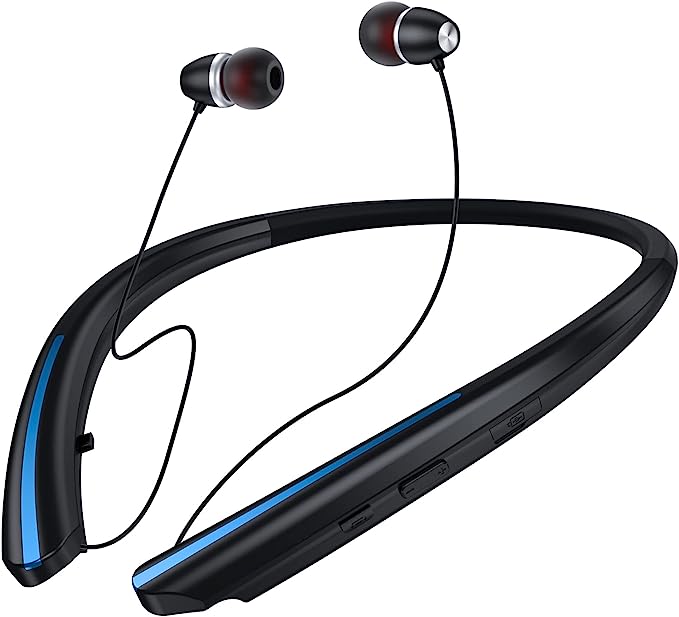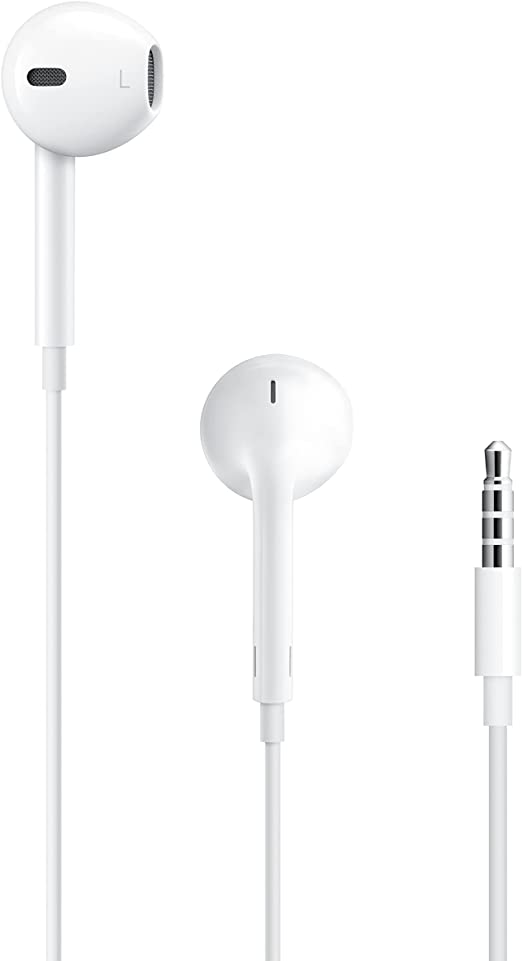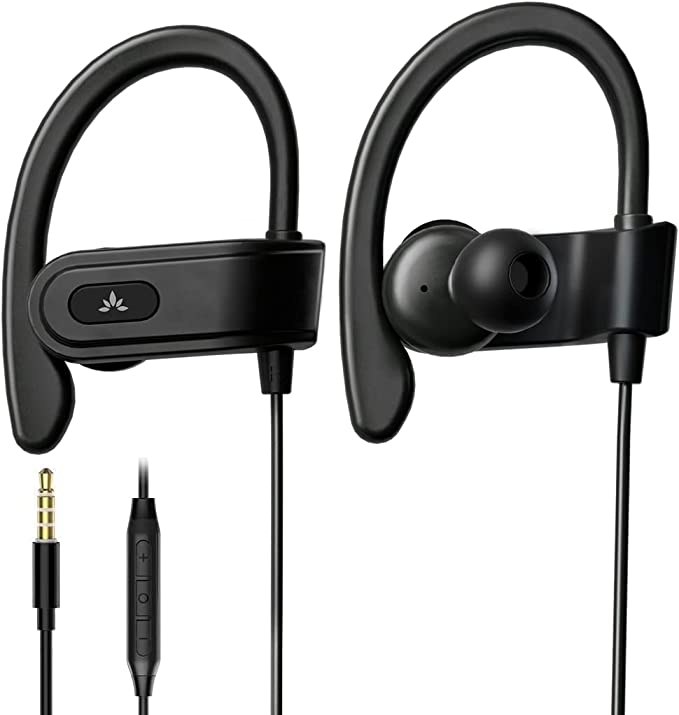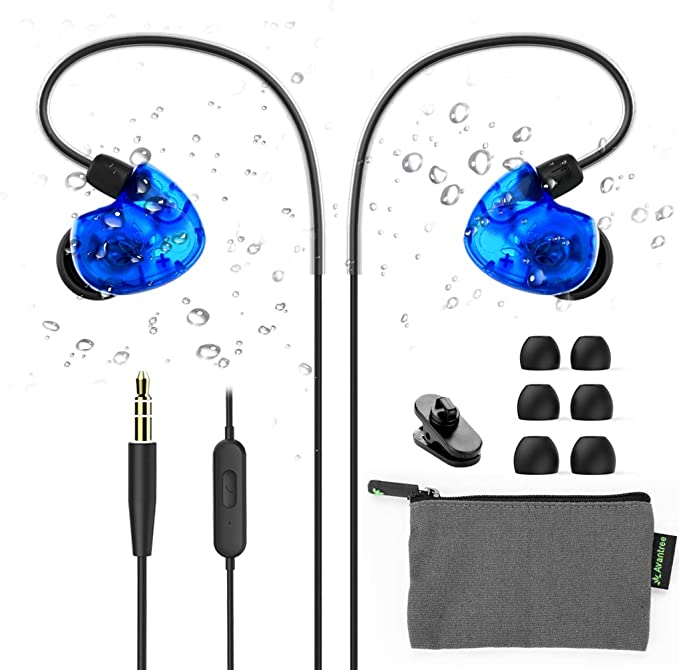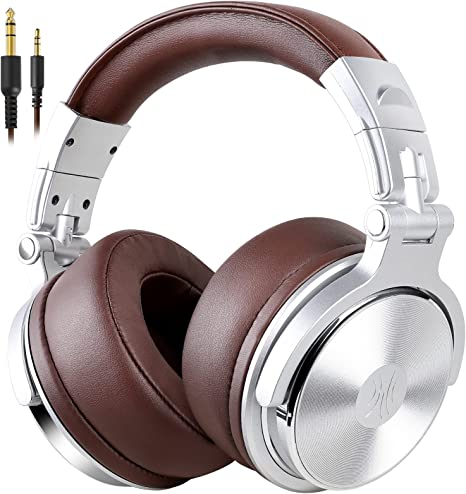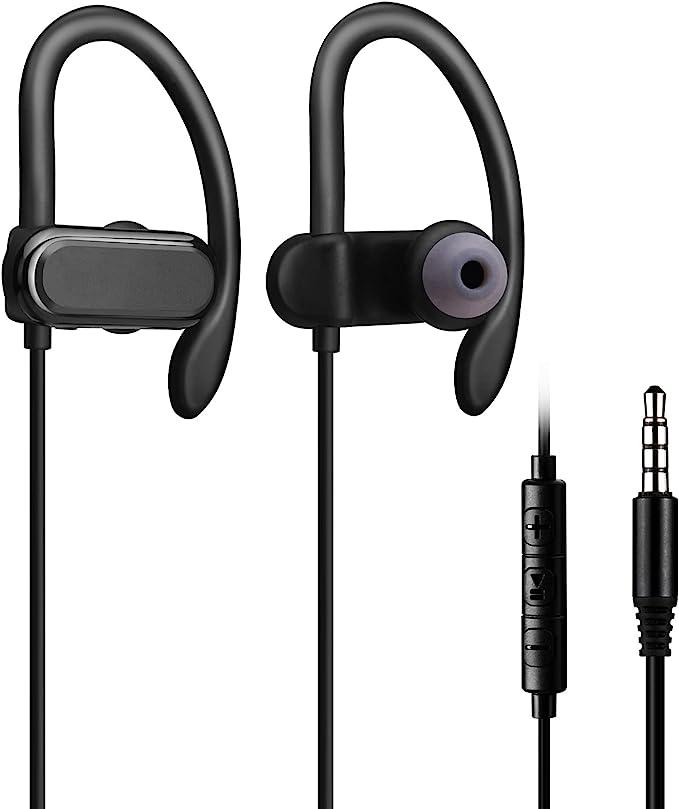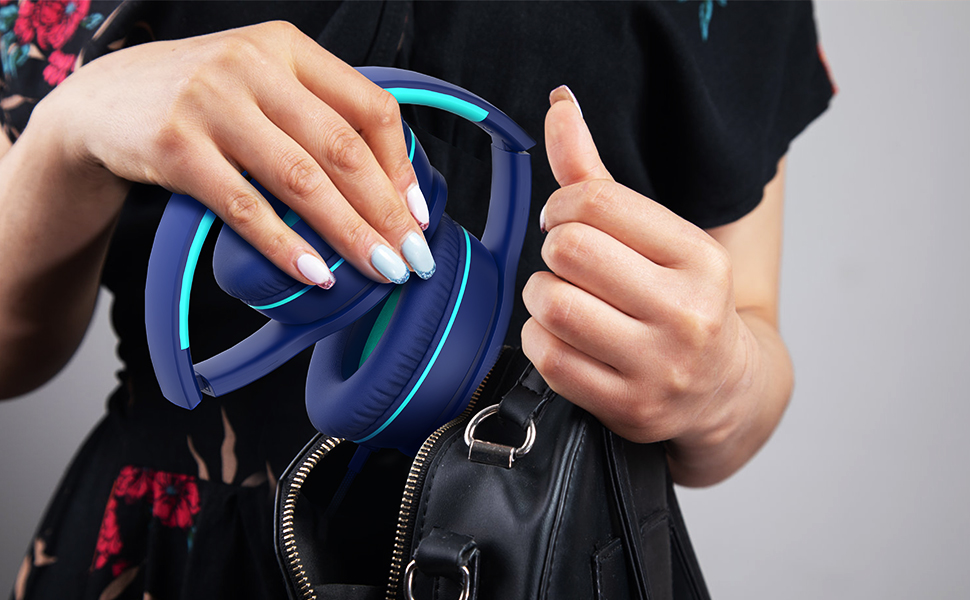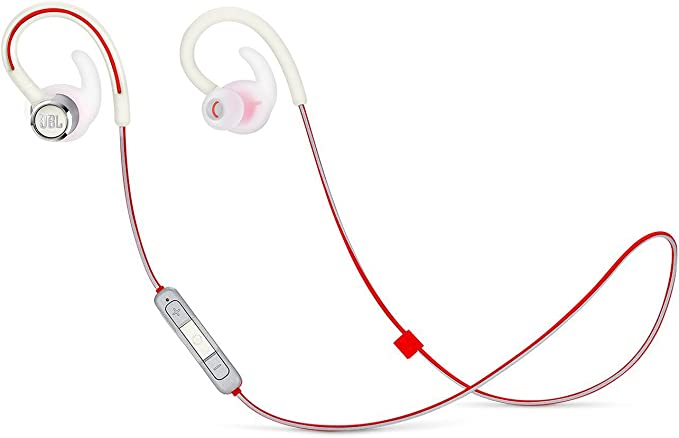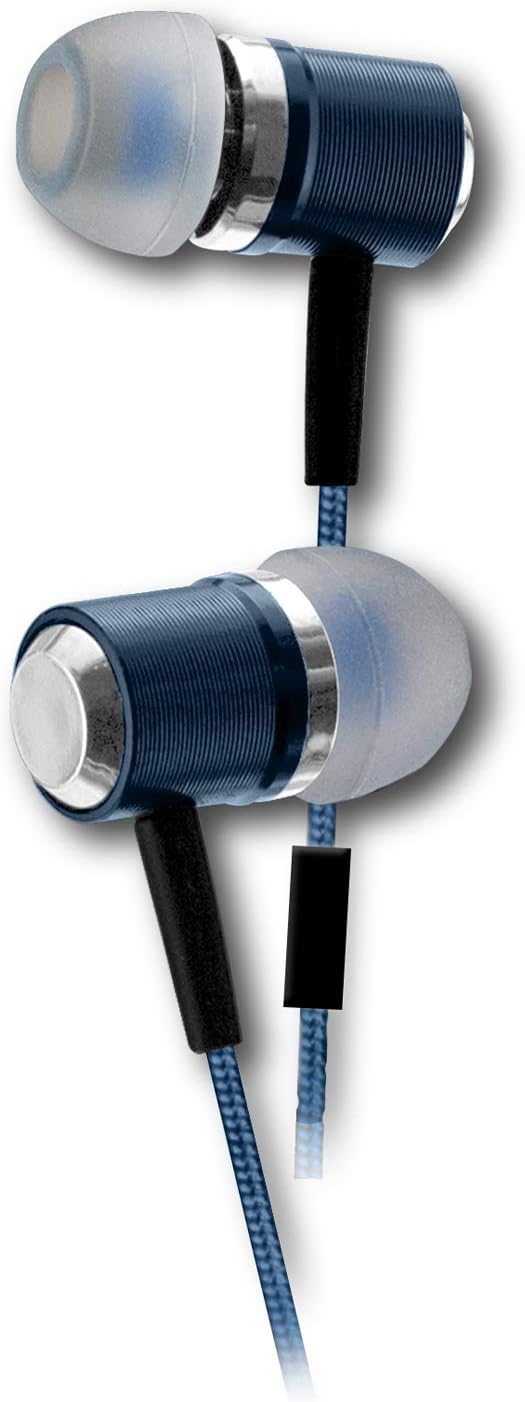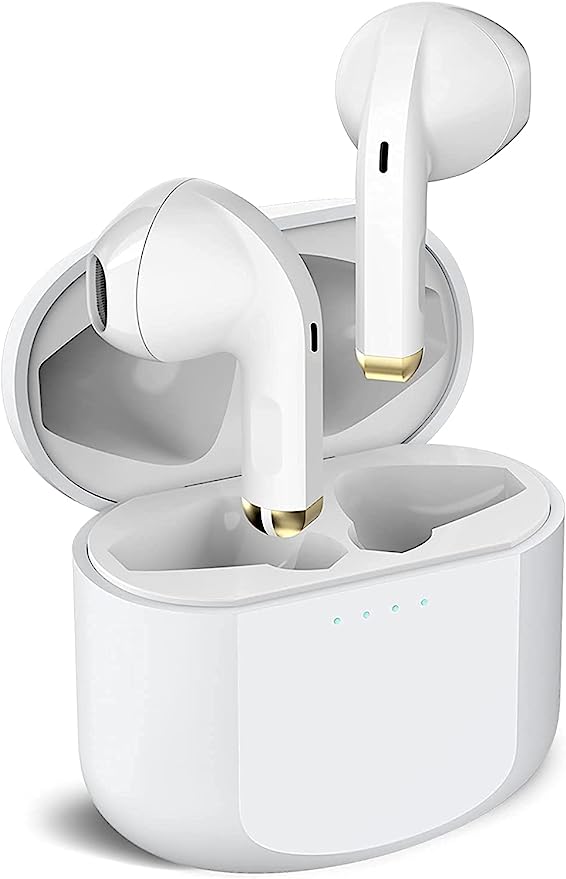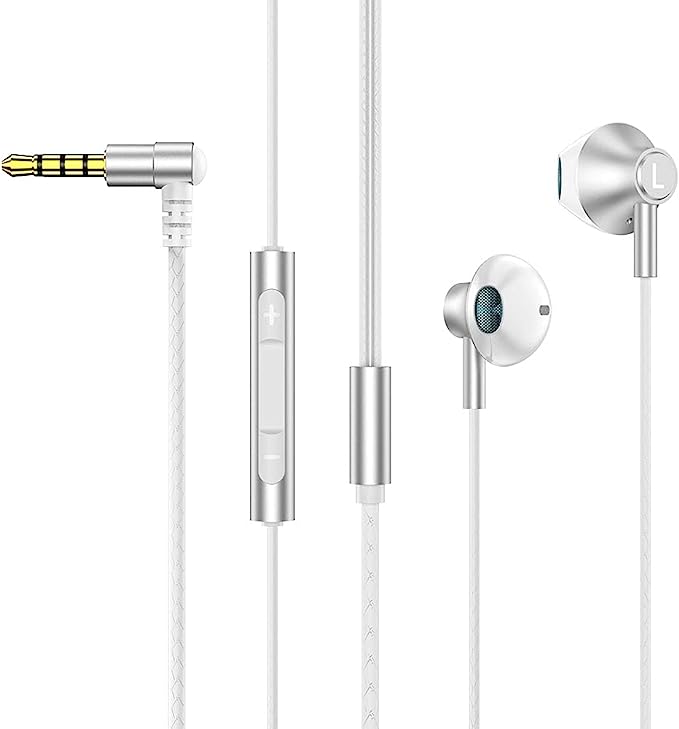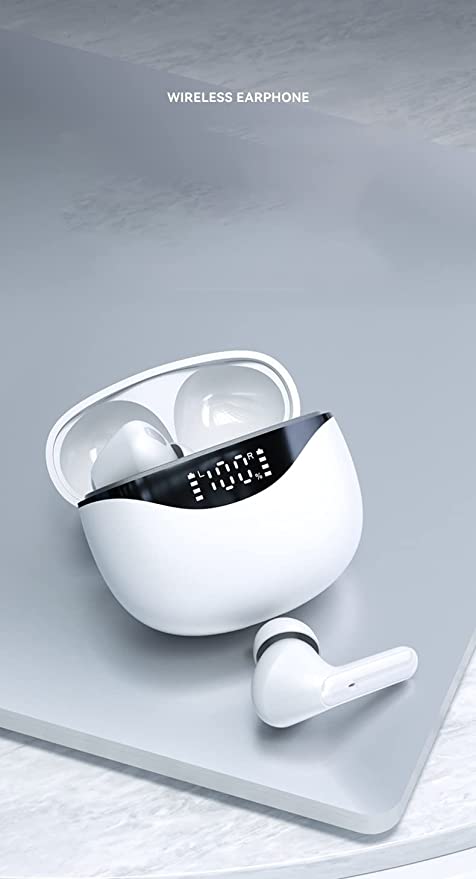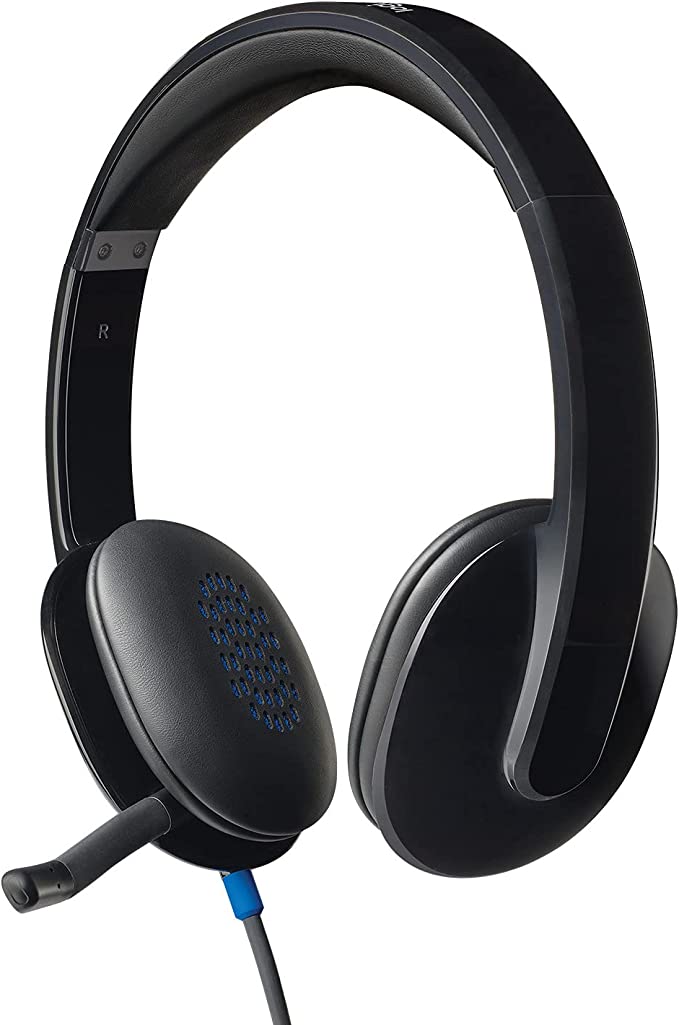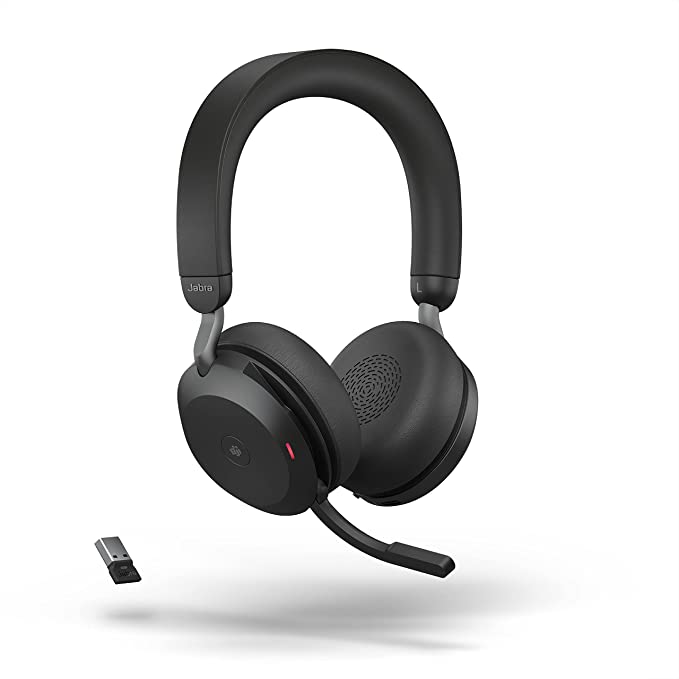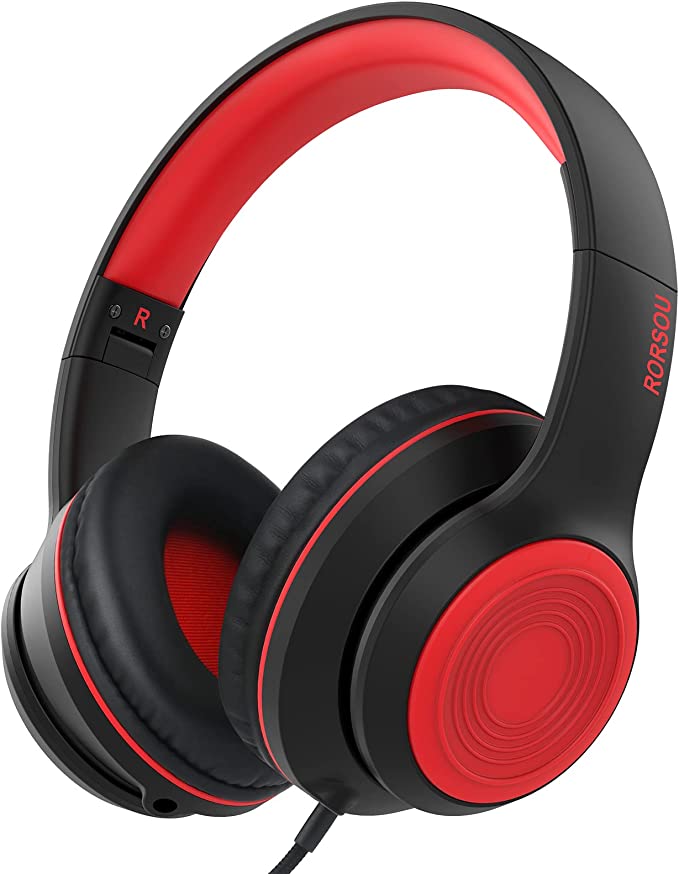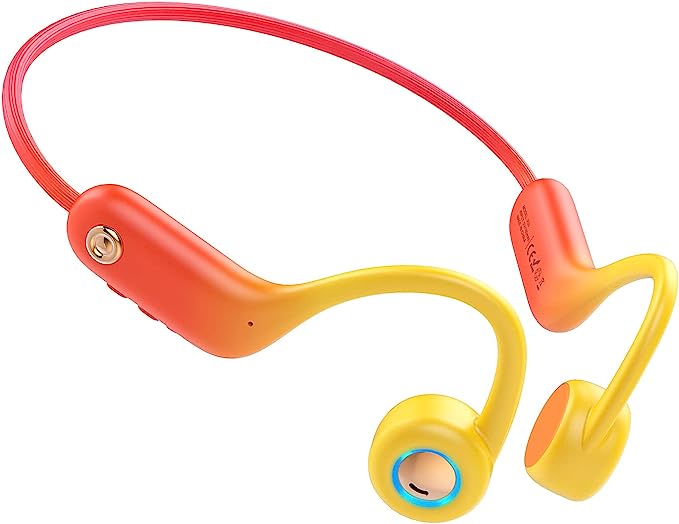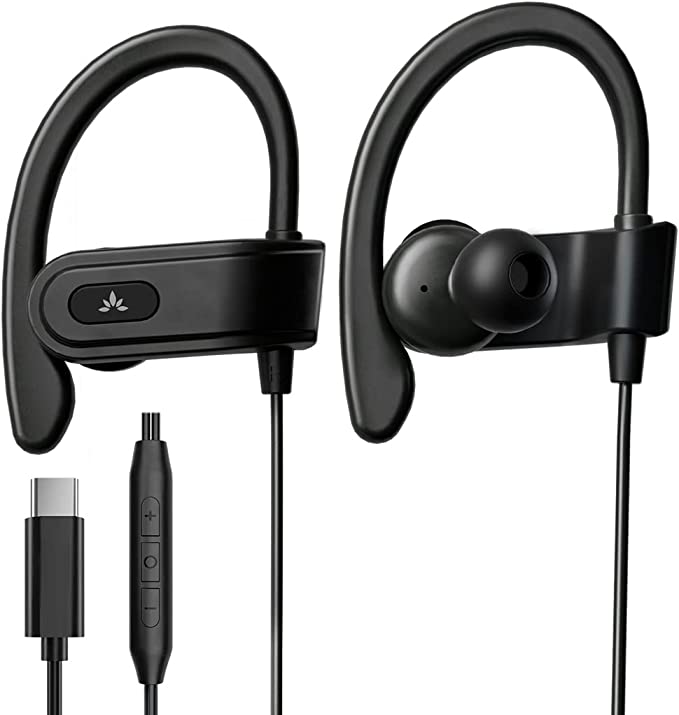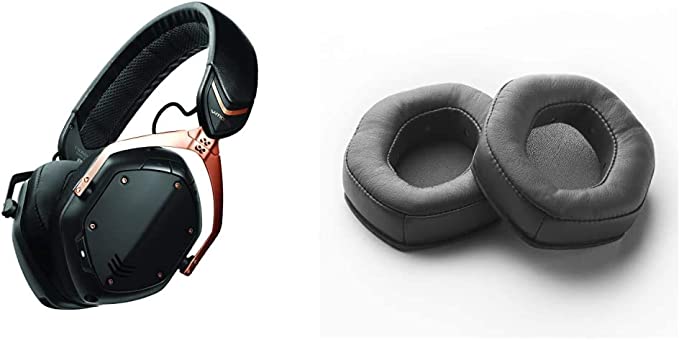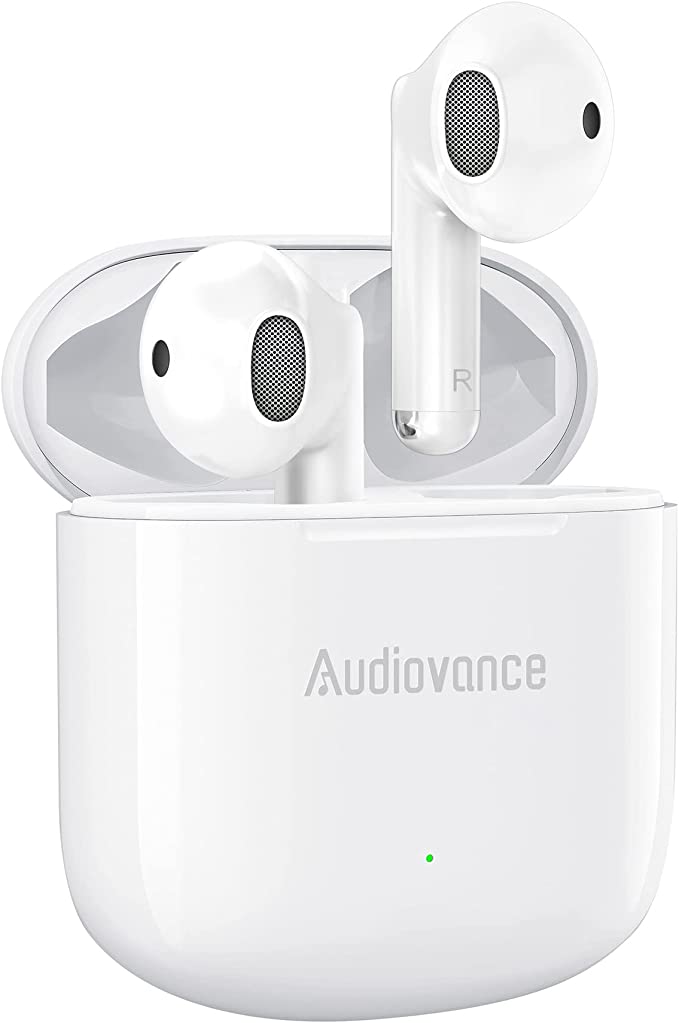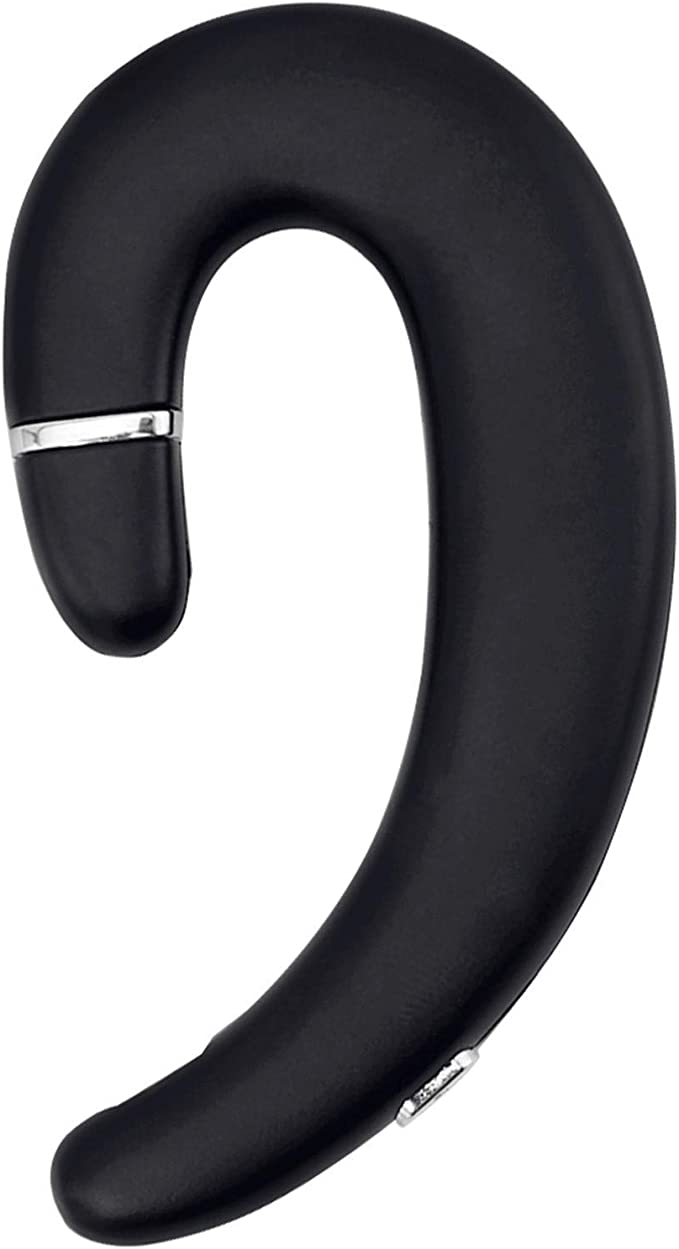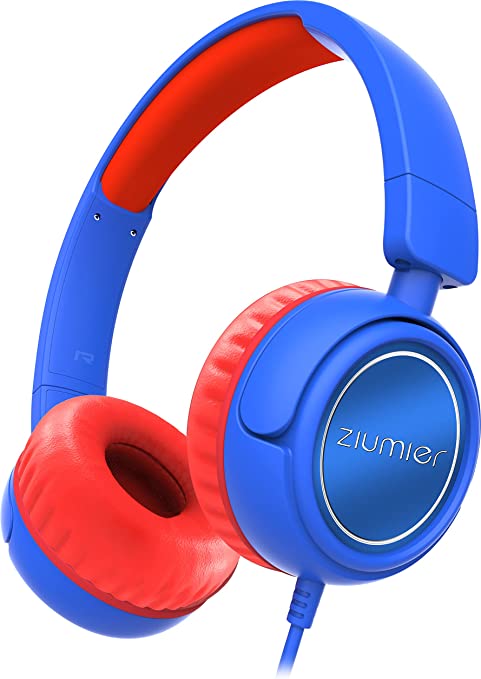JVC HA-EC10B Earclip Earbuds: Secure Fit for Your Active Lifestyle
Update on Aug. 24, 2025, 4:31 p.m.
The rhythm is perfect. The beat of the music syncs with your stride, your breath, the pounding of your heart. You’re in the zone, pushing through the last mile, the final set. Then, it happens. A subtle slip, a sudden disconnection. The left earbud, slick with sweat, tumbles free, yanking you mortalidad out of the flow. It’s a tiny technological failure, yet the frustration it causes is immense and universal. It’s a battle against gravity and motion that our most advanced gadgets often lose.
And yet, a solution to this million-dollar problem might just cost eleven dollars. The JVC HA-EC10B is an unassuming piece of technology. It boasts no active noise cancellation, no Bluetooth 6.0, no celebrity endorsement. Its most notable feature is a simple loop of flexible plastic. But within that simple loop lies a profound understanding of human anatomy, classical physics, and the forgotten art of “good enough” engineering. To understand this earbud is to understand that the most elegant design is often a conversation with the human body itself.

The Anchor and the Lever
Why do most earbuds fail during intense activity? They are fighting a losing war on a microscopic battlefield. They rely on the sheer friction of a silicone tip against the skin of the ear canal. This delicate grip is easily compromised by the introduction of sweat as a lubricant and the constant, jarring forces of motion.
The JVC’s earclip design wisely refuses to fight this battle. Instead, it changes the entire strategic landscape. It leverages the intricate, beautiful architecture of your outer ear, the pinna. This complex whorl of cartilage is not just a passive funnel for sound; it’s a landscape of ridges and valleys that provides a perfect natural anchor. The earclip hooks gracefully over the firm outer ridge known as the helix, resting securely in the space behind your ear.
In essence, the earclip transforms the earbud from a simple plug into a stable mechanical system. It acts as a Class 1 lever, where the top of your ear is the fulcrum. Any downward pull on the earbud from the cable or gravity is counteracted by the clip, distributing the force over a much larger, more stable area. It’s a principle as old as Archimedes, brilliantly applied to keep the music in your ears. This isn’t high-tech; it’s smart-tech, a solution born from observing the human form and concluding that it’s better to work with it than against it.
The Echo in the Chamber
Once secured, the earbud’s next job is to make sound. At its heart is a dynamic driver, a miniature marvel of electromagnetism. A voice coil, wrapped around a magnet and attached to a paper-thin diaphragm, receives the electrical signal from your device. As the signal fluctuates, it creates a shifting magnetic field, causing the coil and the attached diaphragm to vibrate thousands of times per second. These vibrations create pressure waves in the air—the very essence of sound.
But here, another crucial interaction between device and body occurs. Many user reviews for budget earbuds, including the HA-EC10B, contain a common refrain: “not much bass.” This is often misdiagnosed as a failure of the driver. More frequently, it is a failure of the acoustic seal.
Low-frequency sound waves are long and powerful. To be perceived correctly, they need to build up pressure within a contained space—in this case, your ear canal. It’s the same principle that makes a subwoofer’s large, enclosed box essential for deep, resonant bass. If the silicone ear tip doesn’t form an airtight seal, these long pressure waves simply leak out into the open air, and the bass vanishes. This is a fundamental concept in psychoacoustics: what we perceive is as much a product of fit and environment as it is of the sound source itself.
This is why JVC’s inclusion of three different tip sizes is not a minor accessory; it is a critical component of the acoustic system. Finding the right size isn’t just for comfort—it’s for completing the circuit, allowing the driver to perform as it was designed. The HA-EC10B doesn’t just deliver sound to your ear; it enlists your ear canal as the final piece of its acoustic chamber.
The Unbroken Path
In an age obsessed with cutting cords, the HA-EC10B’s wire seems almost defiant. Yet, this “legacy” feature is, from a physics perspective, a bastion of purity and reliability.
The advantages are absolute. There is zero latency. The audio signal, traveling through a copper wire as an electrical current, moves at nearly the speed of light. The journey from your phone to your ear is, for all intents and purposes, instantaneous. Wireless audio, for all its convenience, involves a chain of processes—encoding, radio transmission, receiving, decoding—that inevitably introduces a delay. For music it is trivial, but for movies or gaming, it’s a crack in the illusion.
Furthermore, the signal is uncompressed. It is a direct, analog representation of the sound wave, free from the data-shrinking algorithms, or codecs, that all Bluetooth devices must use. Finally, it is infinitely reliable. It requires no battery, no pairing, and is immune to radio interference.
The wire is the ultimate expression of the HA-EC10B’s design philosophy: value engineering. This isn’t about being cheap; it’s about ruthlessly eliminating every feature and cost that does not contribute to the core function. The goal was to create a sport earbud that stays in your ear and reliably produces clear sound. The wire is not a sign of being outdated; it is the most cost-effective and physically robust way to achieve that goal. The $11 price tag isn’t a miracle; it’s the result of disciplined, intelligent compromise.
The Delicate Instruments We Carry
Ultimately, the most sophisticated audio component in this entire system is the one you were born with. The sound waves, perfectly channeled and sealed by the earbud, travel to your eardrum and are amplified by the tiny bones of the middle ear. Their final destination is the cochlea, a fluid-filled, snail-shaped organ where the magic happens. Here, thousands of exquisitely sensitive hair cells sway in response to the fluid vibrations, converting mechanical motion into the electrochemical signals your brain interprets as music, language, and life.
These hair cells are a finite, irreplaceable resource. Prolonged exposure to high sound pressure—measured in decibels (dB)—can damage and destroy them, leading to permanent, irreversible Noise-Induced Hearing Loss (NIHL). It’s a silent epidemic of the modern age.
Protecting this delicate biology is a shared responsibility. A globally recognized guideline for safe listening is the 60/60 rule: listen at no more than 60% of your device’s maximum volume for no more than 60 minutes at a time before taking a rest. It’s a simple practice that can preserve the miracle of your hearing for a lifetime.
The JVC HA-EC10B, in its simplicity, serves as a final, poignant reminder of this. It doesn’t have an app to warn you of high decibels. It relies on you. It does its job of staying in place and making sound, and trusts you to do yours—to listen, to enjoy, and to protect. It’s a partnership, a perfect fit in more ways than one.

